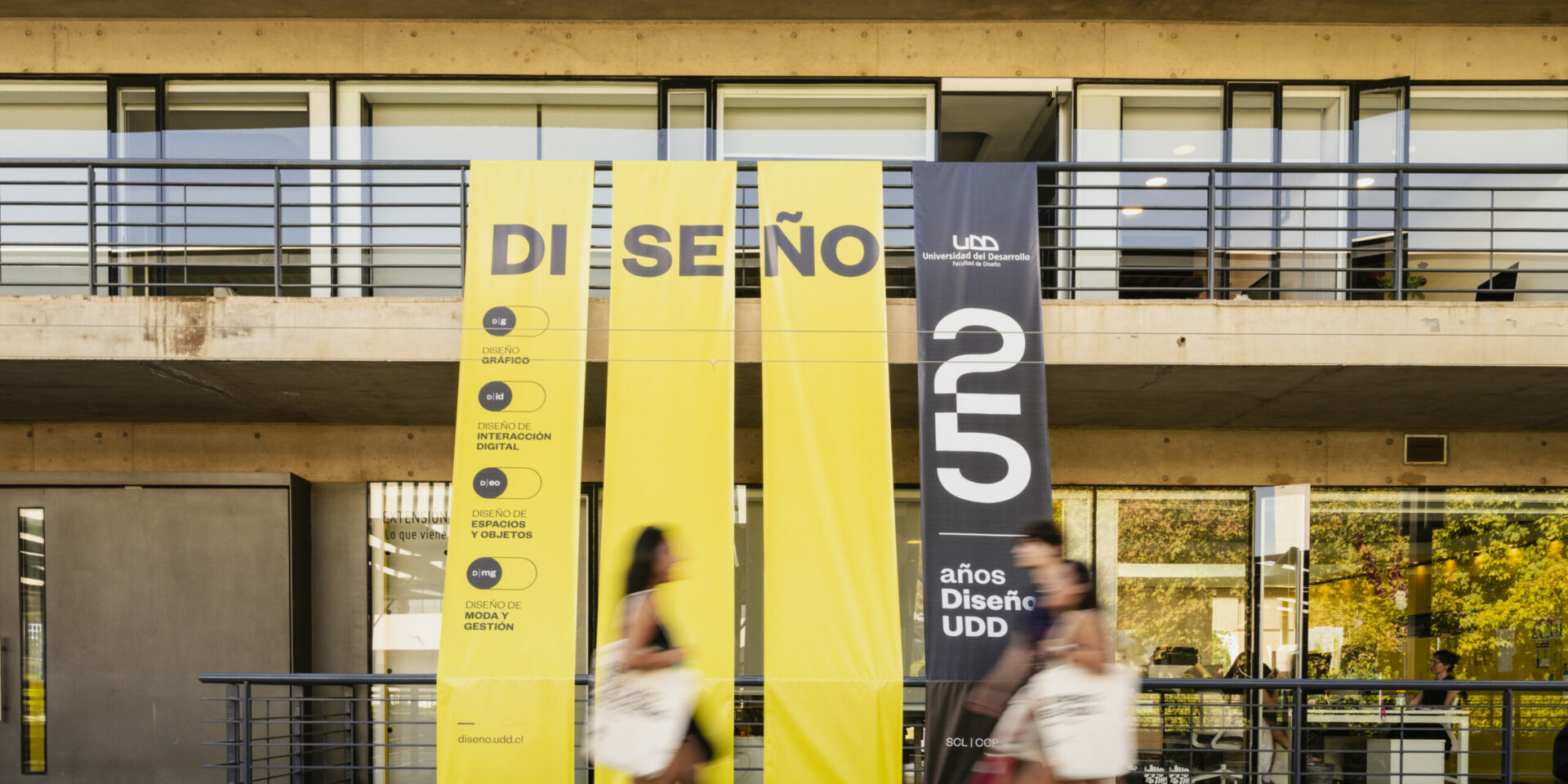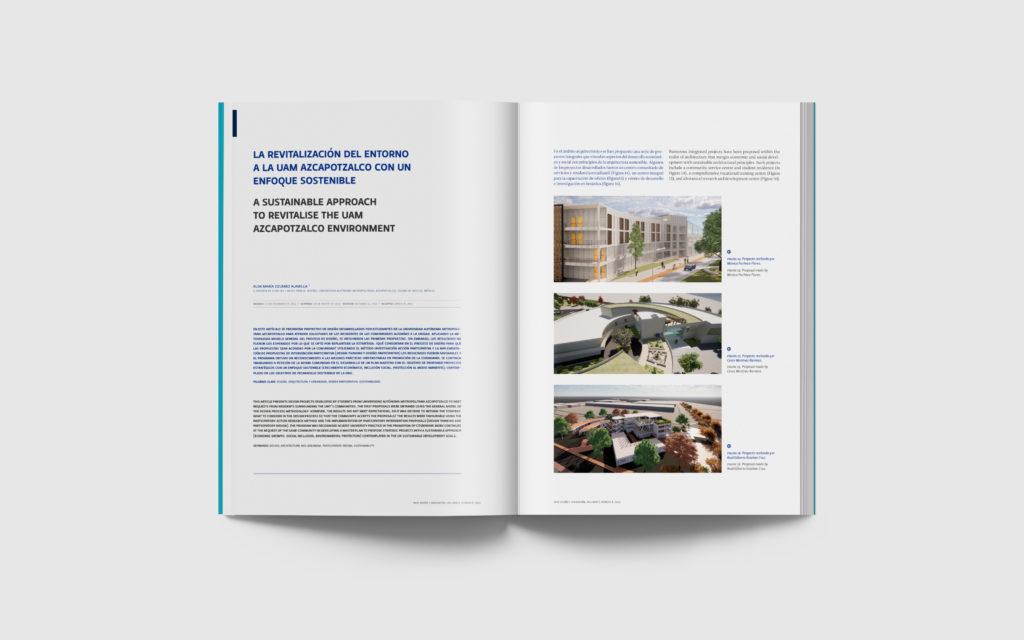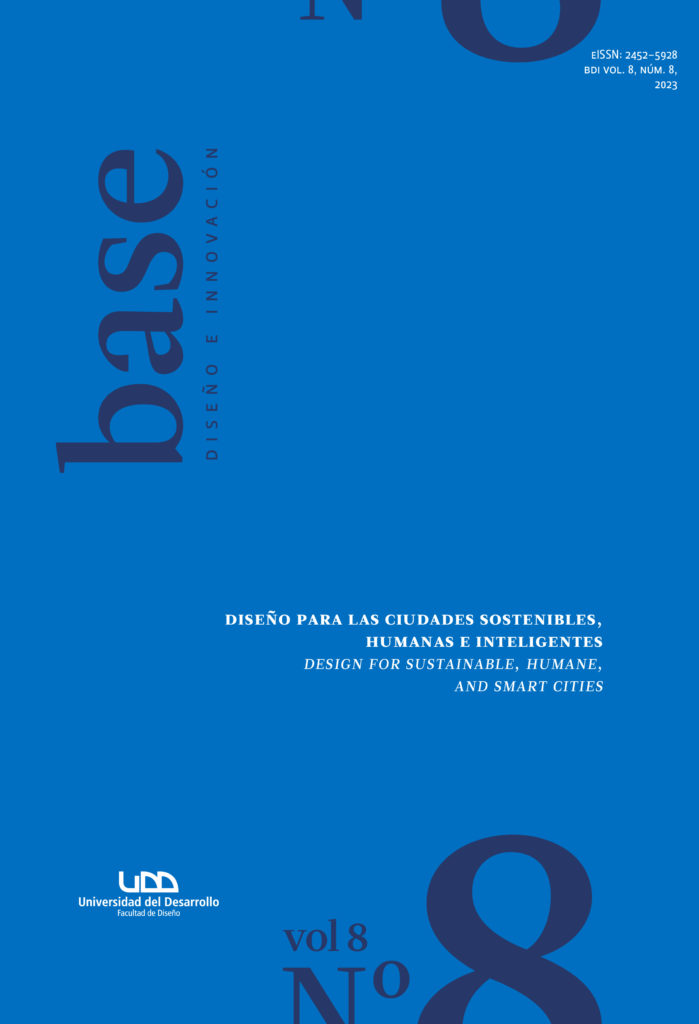
Source:

In November 2021, the open access journal Base Diseño e Innovación launched a call for papers to question the academic community: How can design contribute to improving health systems and services? What innovations have been implemented in recent times to improve people’s health, well-being and quality of life, and how have they been developed? How has design thinking contributed to the work of interdisciplinary teams when creating people-centered solutions?
To lead this special issue, Base Diseño e Innovación invited three prominent academics. Mariluz Soto, Doctor of Arts from the University of Lapland (Finland), researcher and associate professor at the Design School of Universidad del Desarrollo (Chile) and member of the Service Design Research group of the University of Lapland. Haian Xue, Doctor of Arts from Aalto University, Finland, assistant professor at Delft University of Technology and a faculty member at the Delft Institute for Positive Design. And Emmanuel Tsekleves, PhD in Computer Engineering and Design from Brunel University (London), Professor of Innovation in Global Health Design, co-director of the Future Cities Research Institute at Lancaster University, and convenor of the Special Interest Group on Global Health Design, from the Design Research Society DRS. The result shows that during these difficult years of the pandemic, design has contributed significantly to the health and well-being of people.
Traditionally health and wellbeing have not been at the forefront of the design research agenda. The past three years have been challenging, leading to the development of new reflections and research on topics that were completely unthinkable just five years ago. The COVID-19 pandemic encouraged people to adapt their mindset related to human disasters and (Zion, et. al., 2022), opened new discussion about the environment (McNeely, 2021). This enabled people to think about the importance of human relationships, the human-nature relationship and freedom of movement around the world. Remote working and social isolation reinforced the need to maintain and focus on mental health, physical health, living in a comfortable space and even looking out the window at the outside world and it encouraged a profound migration from the city to quiet and peaceful rural places. At least in Chile and in Europe, many people moved from the capital city to other cities in the countryside. The pandemic pushed the limits and increased the need to balance health, both physical and mental, with a clear goal integrating the wellbeing which in this current context seems even more coveted.

The Base Diseño e Innovación´s special issue “Design, Health and Wellbeing”–published in June, 2022–explored the connection between health and wellbeing, and highlighted the value of design as a key articulator of this relationship to improve products and services for the benefit of people, focused on promoting a state of satisfaction and tranquility. Two articles address the context of the pandemic. “Positive Design during a Pandemic: Rediscovering Enjoyment through Daily Activities” reports a design case that aimed at improving young adults’ wellbeing living under the governmental measures during the pandemic. Its design outcome “Unravel” was a toolkit that helps the user to rediscover simple daily activities as ways to better fulfill personal needs. The second pandemic related article is “Games for COVID-19: A Need-based Exploration of Gamified Interventions.” It analyzes a variety of games that emerged in the context of the pandemic through the lens of fundamental needs, which is intended to inspire the design of new games that address potential future crises.
Besides, three articles related to education from different perspectives: “Making-be of Expressions: How Making Activities become Material Self-expressions Supporting Pre-schoolers’ Well-being” addresses the value of participatory design as a dialogue tool to distinguish the sensations and connections of children’s expression. “An Inclusive Design Framework Supporting Novice Designers: A Case Study in Bioengineering Design and Rehabilitation” explores health and wellbeing as an approach to understand users during the design process with emphasis on inclusion design. And, “Design of a Digital Educational Tool for Kidney Transplant Patients” focuses on the kidney patient education process in order to have a deep understanding of their transplant process. The purpose is to accompany the transplanted patient through a prototype of a central information system with content on their treatment and process.
Finally, two articles address remote interaction with different emphasis. “Stable Intimacy: Design of Online Communication as a Tool to Enhance Wellbeing” reflects on the design of dating apps with trust and engagement. It also introduces a pyramidical laddering approach to the design of online communication that may better satisfy the need of belongingness and wellbeing, through creating a stable source of intimacy. In addition, “Empathy Remotely – Compassion without in-person Contact” focuses on strengthening the wellbeing of health personnel and university students through an exploration of art-based methods, contributing to the development of skills in distinguishing one’s own emotions and those of others in remote interactions.
Design, health and wellbeing are a virtuous trilogy to contribute to people’s quality-of-life, improving their experiences, expectations and perceptions in their interaction with products and services. The aforementioned articles indicate three areas that have been the subject of reflection in research lately: health in a pandemic, education, and remote interactions. In this context, design provides new perspectives through the development of products and services, opening new paths or delving into aspects that current challenges have intensified or increased.
s://doi.org/10.52611/bdi.num6.2022.786